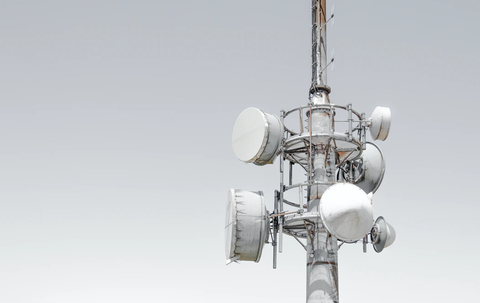
Rural Internet connection remains mostly underdeveloped compared to urban areas. The underdevelopment is attributed to the fact that residents in these regions are sparsely distributed. Therefore, most ISPs have little economic motivation to invest in the region. As a result, rural dwellers are continuously exposed to slow Internet connections.
But things have been changing for the better in recent times. The entry of players such as the Nomad Internet has redefined the approach to rural high-speed Internet. Where will rural Internet be in the next five years? To understand this, you must first comprehend the current state of affairs.
Rural Internet today
According to an FCC report, 24 million Americans are yet to connect to the Internet. Rural dwellers constitute 80% of this. The figures released by the FCC are often criticized and labeled as inaccurate. Different experts argue that the stats mentioned by the FCC are undercounted.
No matter the stats, what remains undisputed is the large disparity between urban and suburban areas regarding Internet infrastructure. Homes and businesses in urban areas enjoy the benefit of better connectivity that rural areas do not.
The disparity trickles down to how things are done, from enjoying Netflix shows to delivering quality services like healthcare.
The future is wireless
As things currently stand, running fiber cables remains less motivating to Internet Service Providers (ISPs). The cost incurred in running fiber over longer distances before reaching a handful of businesses and homes to connect to is not viable. That opens the door for alternative options, and wireless connections turn out to be leading in this spectrum. More rural homes will have been moved to the Internet in the next five years, thanks to wireless connectivity.
Mobile wireless significantly differs from wired. In the case of wireline broadband, the ISP has to lay physical cables, which turn out to be quite costly. On the other hand, wireless connections involve high-speed signals broadcasted to home and office devices like gaming consoles, laptops, smart TVs, and more.
There are many approaches to wireless connectivity. For instance, a radio receiver could be mounted on rooftops to detect signals from transmitters. A single cable then runs from the receiver to a router within the premises to create a wireless network.
The idea of wireless will have dominated suburban areas in the next five years is fostered by the reality that most people have less preference for cables running all over their homes and offices. Managing these cables can be quite a hassle. Furthermore, modern devices are mobile, whereas cables get you fixated in a single point.
The 5G factor
While discussing the future of rural Internet, one cannot fall short of incorporating 5G technology into the conversation. Will 5G be ready in the next five years? There is a very high likelihood that it will be. Will 5G technology solve rural Internet problems? That depends on how it is handled and rolled out.
The hype around 5G mostly has to do with its speed. There is no doubt that it will be highly beneficial to the Internet of Things. However, its impact on rural Internet remains unclear. If well-engineered, then it will also benefit rural areas. After all, it is a low-band technology that can use the current towers and coverage areas.
Government subsidization will undoubtedly be a critical determining factor in whether or not 5G becomes a real solution for rural connectivity issues.
